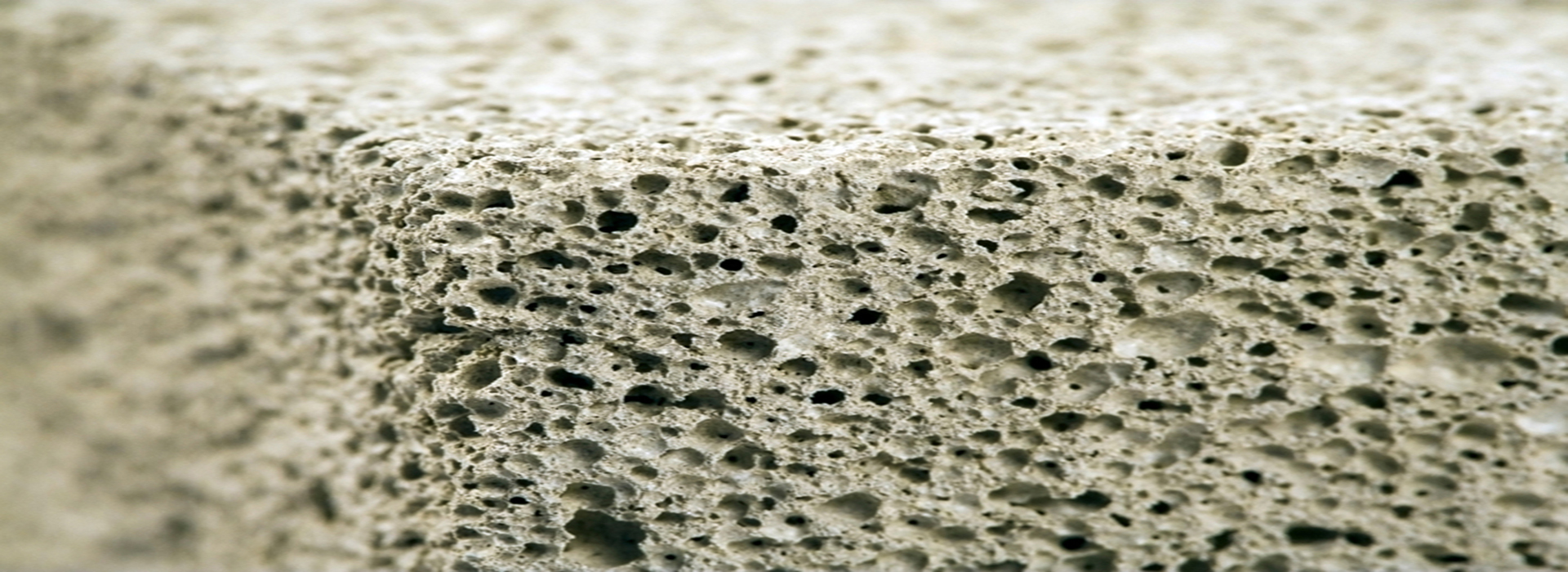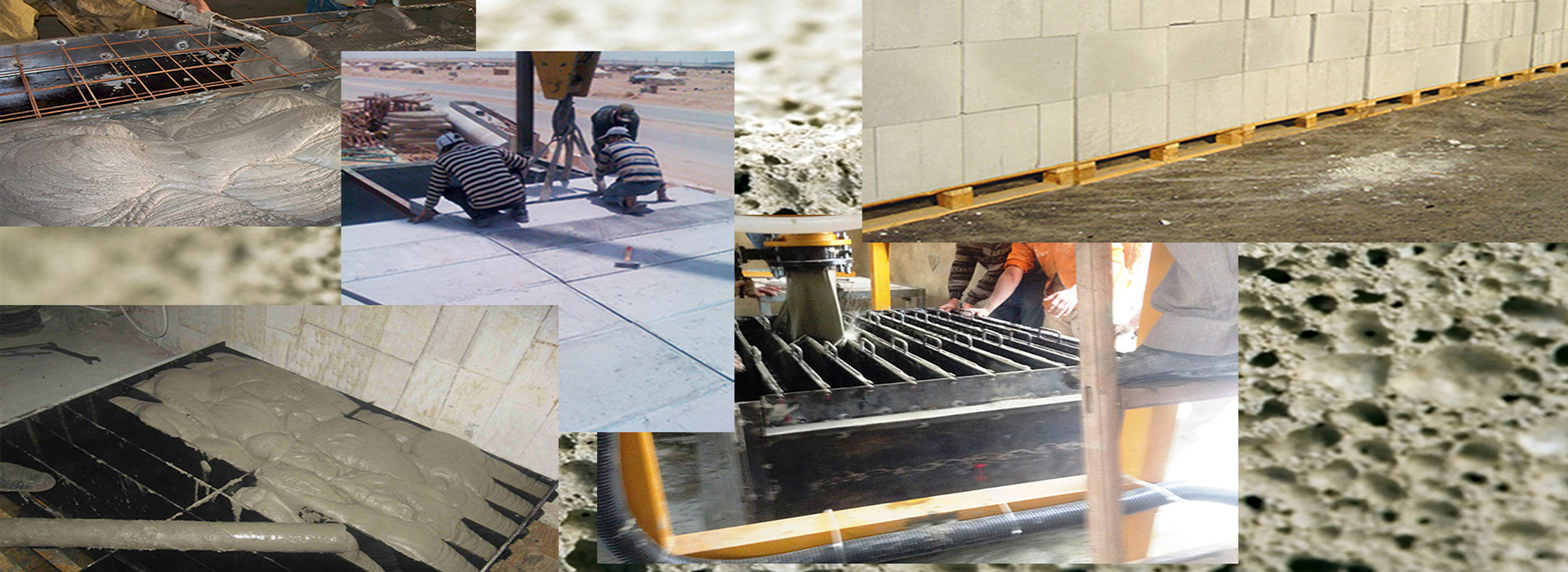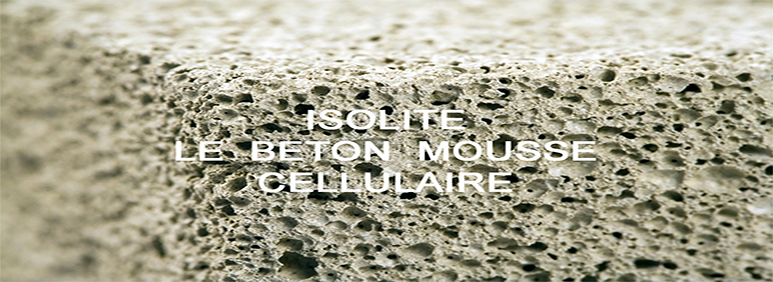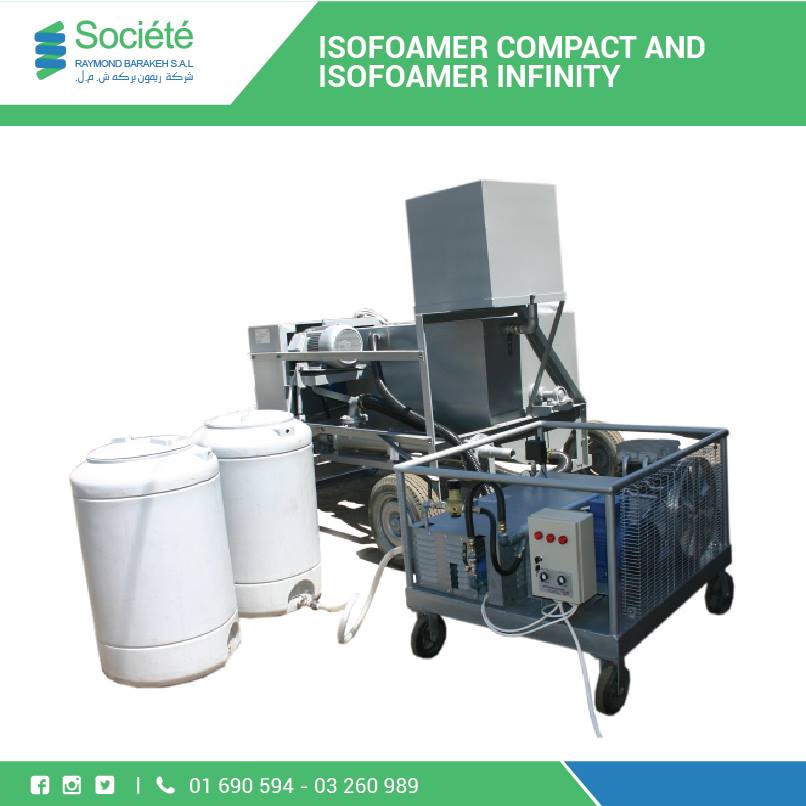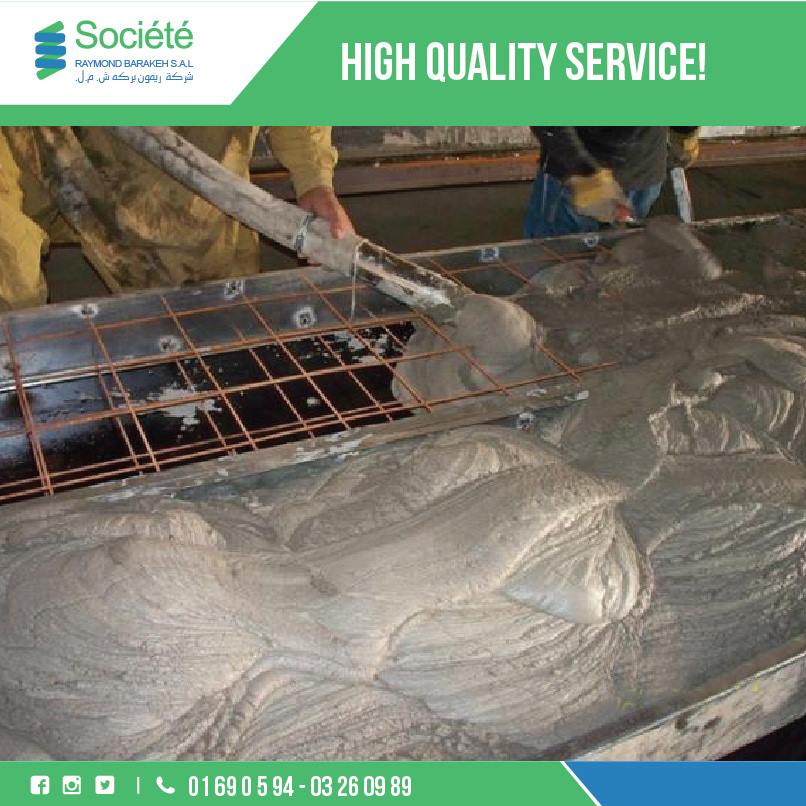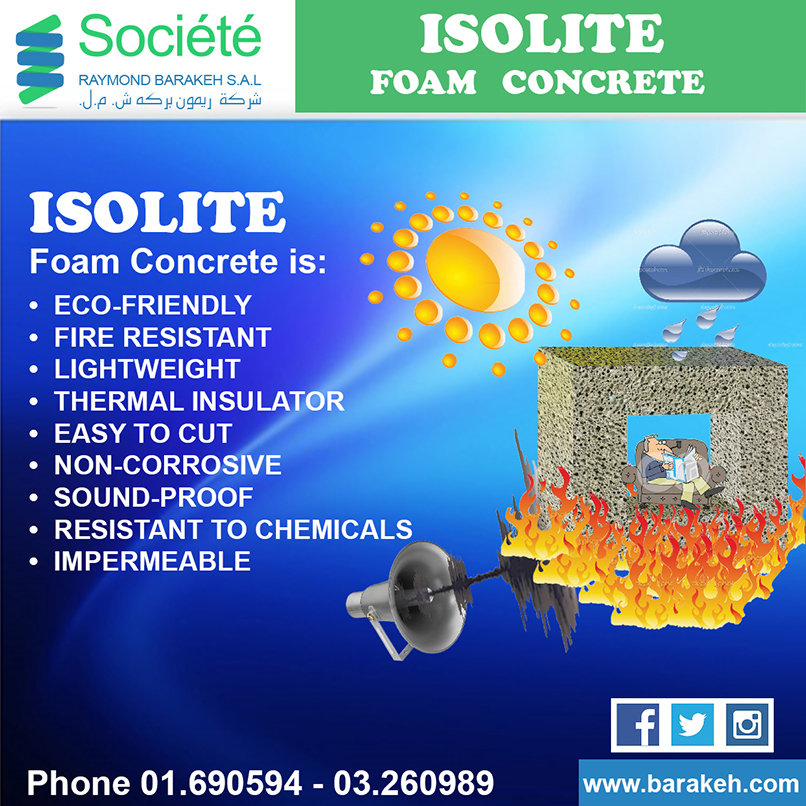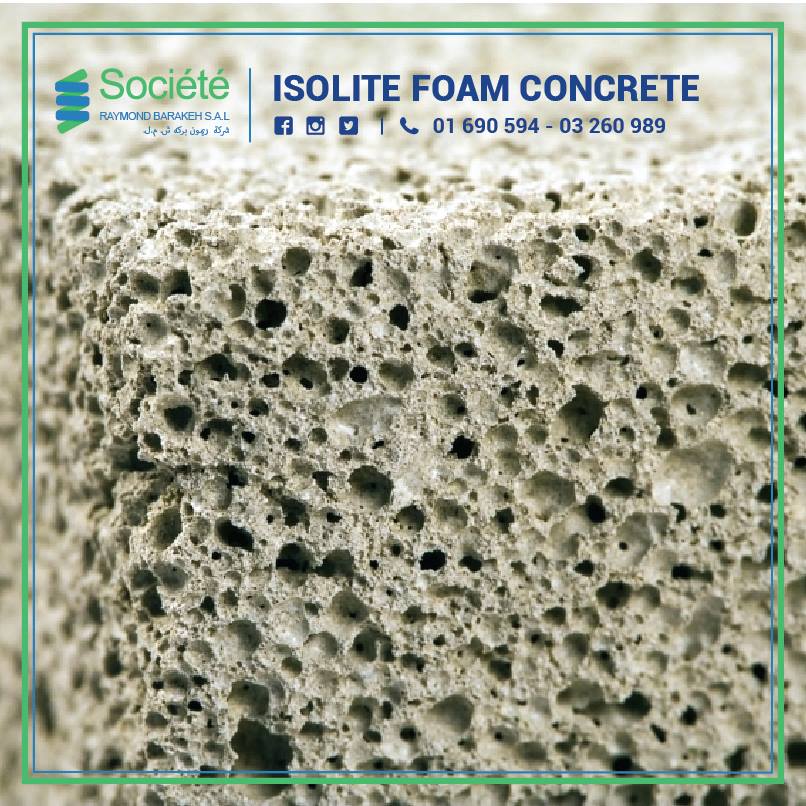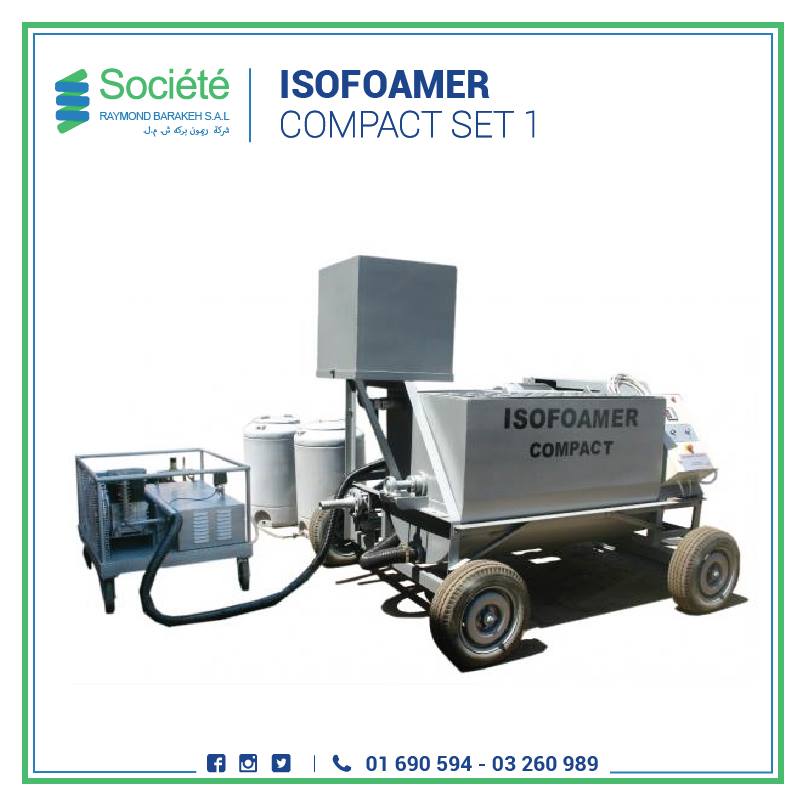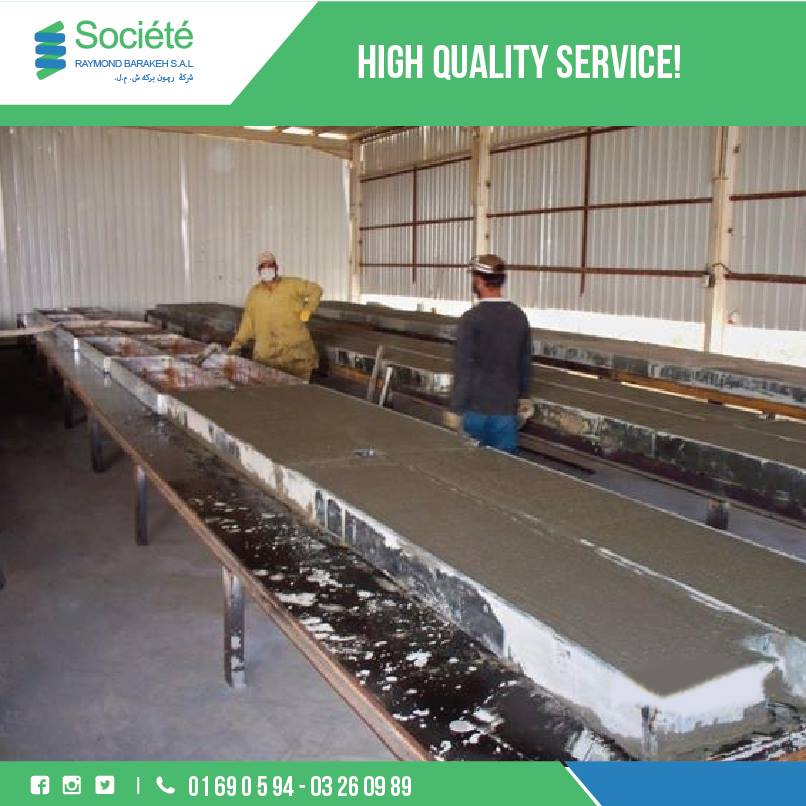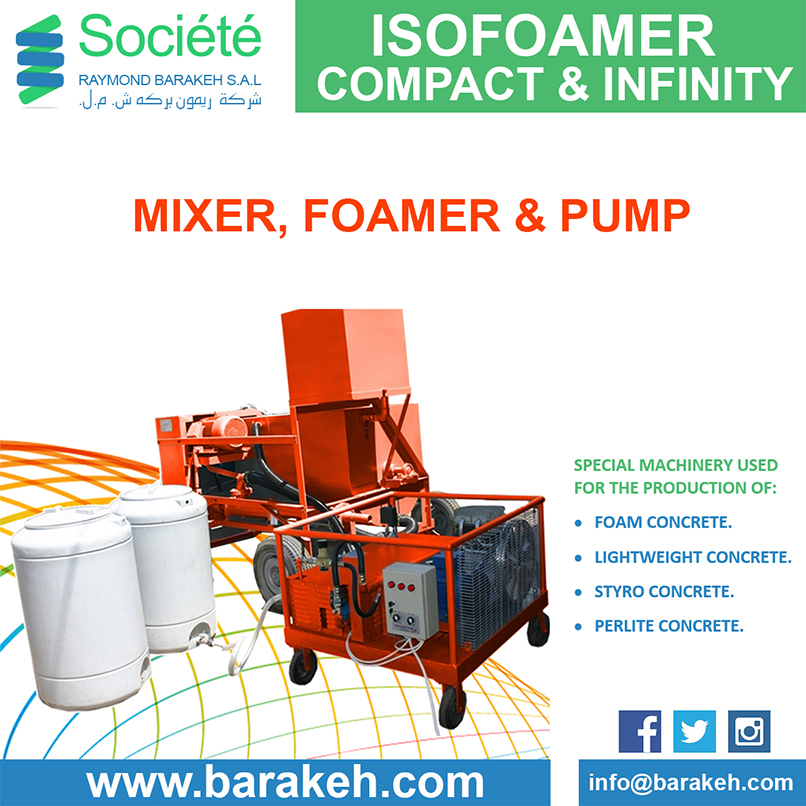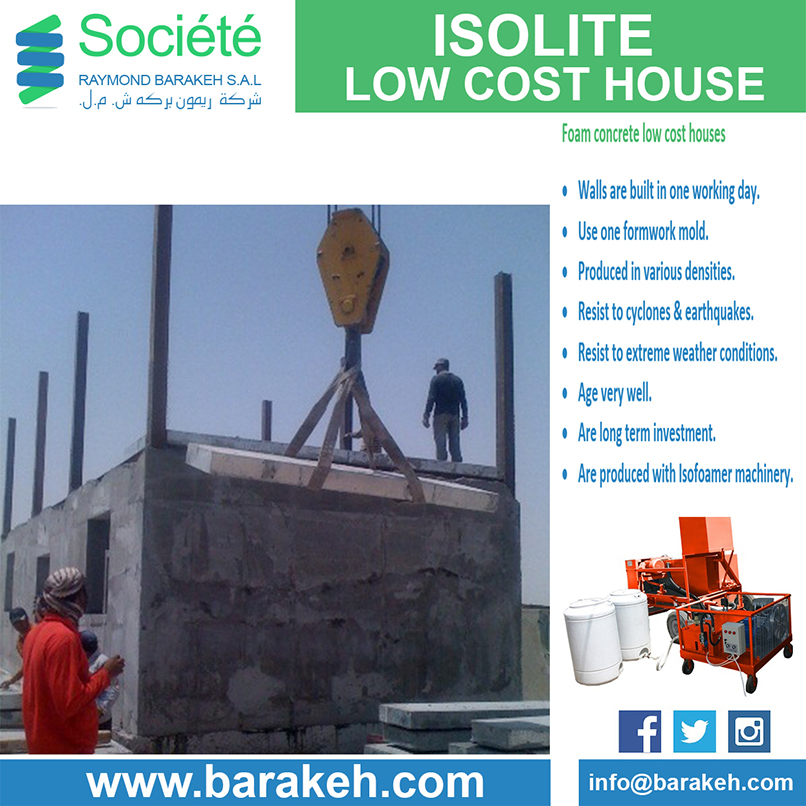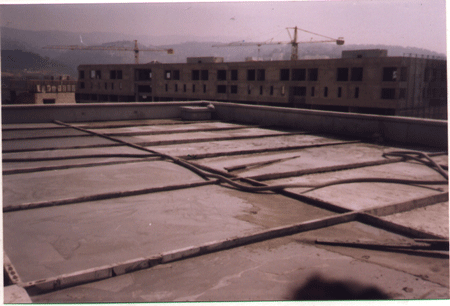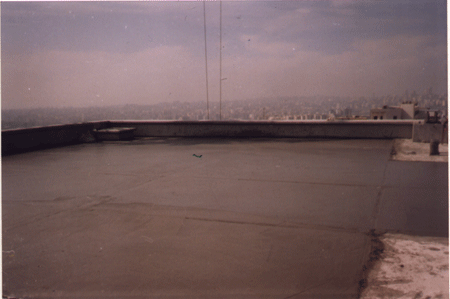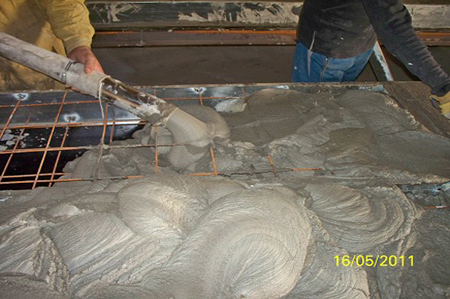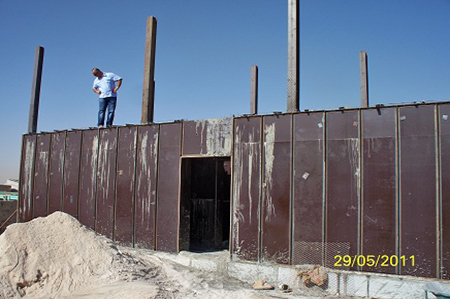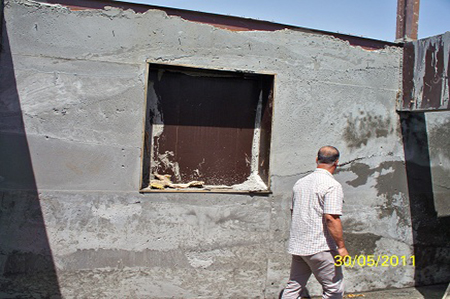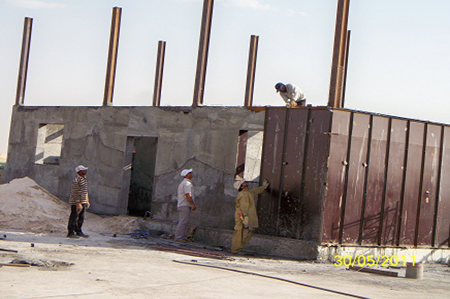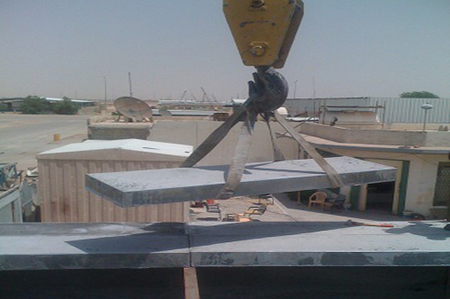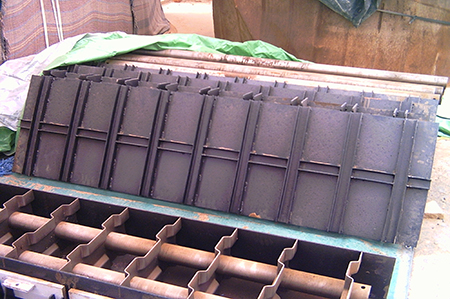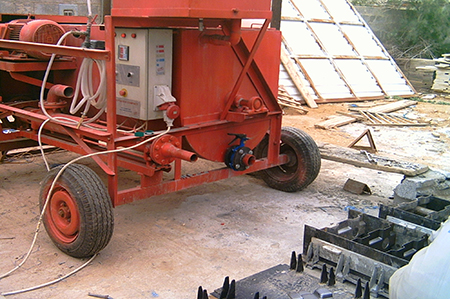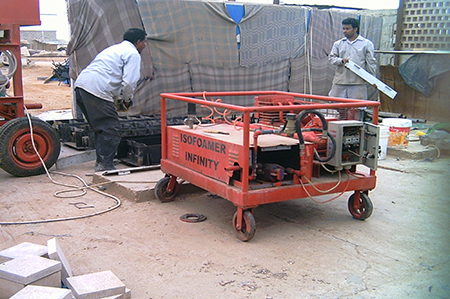WHAT IS FOAM CONCRETE?
Isolite Foam concrete, also known as Lightweight Cellular Concrete (LCC) or Low Density Cellular Concrete (LDCC), is a fascinating material that has gained
popularity in construction and engineering. Here’s a breakdown of what makes foam concrete unique:
Composition:
- It is primarily made from a mixture of water, cement, and foam. Sometimes, sand is added to enhance its properties.
Characteristics:
- Lightweight: Foam concrete is significantly lighter than traditional concrete, making it easier to handle and transport.
- Thermal Insulation: It provides excellent thermal insulation, which can help in energy efficiency for buildings.
- Fire Resistance: This material has a higher resistance to fire compared to regular concrete.
- Adjustable Density: The density and strength can be adjusted based on the amount of foam used, allowing for versatility in applications.
- Eco-Friendly: Made from sustainable materials.
Applications:
- It is commonly used for void filling, insulation, and as a lightweight fill in construction projects. Its ability to be pumped over long distances makes it ideal for filling cavities and other hard-to-reach areas.
Benefits:
- Durability: Foam concrete is durable and stable in shape.
- Cost-Effective: Its lightweight nature can lead to savings in transportation and structural support costs.
Isolite Foam concrete is truly a remarkable innovation in the construction industry.
Isolite is known to be the best thermal, fire-resisting, sound-proof insulator, used for ceiling, roofs, walls, partitions, roads, water and petroleum tanks, whether underground, or on the surface, etc.
Our Isolite foam concrete premium insulation material is designed for maximum energy efficiency and durability. Perfect for both residential and commercial projects, it provides excellent thermal performance while being eco-friendly. Discover how our insulation solutions can enhance your building's energy efficiency today
Isolite is a light-weight cellular foam concrete made of fine sand, cement, water, and a special chemical which causes air cells to spread evenly. This resulting mixture can be prepared mechanically on the spot, and to the requested density.
Isolite can be produced at several densities varying between 300 Kg. and 1400 Kg/cu.m. (between 19 lbs. and 90 lbs./cu.ft.) to which corresponds a variation of mechanical resistance, as well as thermal conductivity coefficient .
Thermal Insulator
Lightweight
Acoustic Insulator
Eco-friendly
Resistant to Chemicals

Isolite is a lightweight cellular foam concrete made of filler cement, sand &/or fly ash…, and a foaming agent which produces air cells or foam.
Voids, Roofs, Walls, Roads, Partitions, Water tanks, Petroleum tanks, Artificial stones, Blocks, Reversed beams, Floors.
Following are the types of concrete admixtures:
- Air entraining concrete admixture.
- Water reducing admixture.
- Retarding concrete admixture.
- Accelerating concrete admixture.
- Calcium chloride.
Eco-friendly, Excellent fire resistant properties, Lightweight., Easy to cut, Non corrosive, Thermal insulator, Sound-proof, Resistant to chemicals, Impermeable, Free flowing, self-leveling, Once placed requires no maintenance, Excellent resistance to earthquake, Does not impose lateral loads, Excellent fire resistant properties, Highly cost effective, Non-hazardous, Reliable quality control.
Foam concrete is a versatile material. Its ability to flow easily under its self-weight has led to its use in void filling, reversed beams, old sewerage pipes, wells, cellars, buildings basements, storage tanks, tunnels and subways. It is used too as insulating material on roofs, in housing foundations and floors. Its inherent fire resistance has also been exploited in a wide range of uses. Foamed concrete has also been used in bridge foundations. Other applications include precast elements, in raft foundations of houses, as a foundation-layer for sports fields and athletic tracks, backfilling the voids behind tunnel linings.
Foam concrete has two benefits when used for roofing. It provides a high degree of thermal insulation and used to lay a flat roof to falls, i.e. to provide a slope for drainage. Foam concrete is also much lighter than slopes made from mortar screeds. This means that a roof with a slope made of foamed concrete imposes a lower loading on the structure of the building.
We have been in the foam concrete business since 1964.
Foam concrete may well be used in the runway organization system, shipping dock collision wall etc.
The service life of foam concrete is nearly similar to ordinary concrete.
The minimum output of machinery produced by our company is 6 cubic m³per hour and the maximum 48 cubic m³ per hour.
Our Isolite-RTUC foaming agent is sold in 2 different types: Dissolved & Concentrated. Isolite is well known in the market since it’s first launching in 1964.













